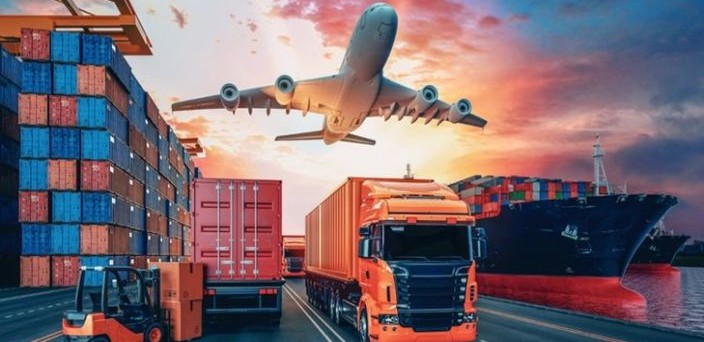In today's complex global supply chains, transportation is far more than simply moving goods; it's a strategic imperative. It directly drives customer satisfaction, optimizes cost control, and secures a vital competitive advantage by ensuring efficient and resilient operations. Moreover, effective transportation underpins market responsiveness and the overall sustainability of the entire supply chain ecosystem.
The 6 V’s of Transportation framework provides a modern lens to evaluate and optimize transportation systems by focusing on Volume, Velocity, Variety, Veracity, Value, and Visibility.
Let us now delve into a detailed elaboration of each these 6V’s of Transport.
- Volume.
Volume refers to the total quantity of goods transported and demands scalable logistics systems to manage high throughput. Advanced Transport Management Systems (TMS), AI-based load planning, and automated warehouses improve fleet utilization, reduce idle time, and ensure efficient handling. For example, Amazon uses robotics and AI to manage millions of shipments daily, boosting operational efficiency and delivery accuracy.
- Velocity.
Velocity represents the speed and responsiveness of transport services, directly impacting customer satisfaction and service competitiveness. Real-time GPS tracking, dynamic routing tools, and last-mile delivery technologies like drones and micro-fulfillment centers help reduce delivery times and increase on-time performance. Companies like Flipkart use such tools to achieve same-day delivery in urban markets.
- Variety.
Variety captures the complexity of handling diverse product types and transport modes, each with specific requirements. Technologies such as IoT-enabled condition monitoring, RFID tracking, and multimodal logistics platforms ensure safe, compliant, and efficient handling of sensitive or specialized cargo. For example, pharmaceuticals demand cold chain logistics, while heavy engineering goods require reinforced handling systems.
- Veracity.
Veracity emphasizes the accuracy and reliability of transportation data, which is critical for real-time decision-making and service quality. Tools like IoT-integrated GPS, blockchain-based document tracking, and AI-driven exception alerts enhance data transparency, reduce errors, and build customer trust. Maersk uses blockchain to improve shipment traceability and eliminate documentation discrepancies.
- Value.
Value refers to achieving an optimal balance between cost, service level, and delivery time in transportation. Technologies such as digital freight platforms, cost-to-serve analytics, and AI-powered route optimization help reduce logistics costs while maintaining high service standards. Leading providers like DHL offer tiered delivery options that align with varying customer budgets and service expectations.
- Visibility.
Visibility ensures end-to-end transparency in the movement of goods, enabling proactive risk management and better planning. Control towers, digital twins, and predictive analytics dashboards offer real-time shipment tracking and actionable insights. Platforms like Oracle SCM and FourKites empower businesses with live ETAs, delay alerts, and performance monitoring across global networks.
Conclusion:
The 6 Vs of Transportation—Volume, Velocity, Variety, Veracity, Value, and Visibility—collectively form a strategic framework designed to meticulously assess and significantly enhance logistics efficiency. This comprehensive approach ensures optimal resource utilization, facilitates real-time decision-making, and fosters critical adaptability within today's dynamic supply chains.
The 6 Vs of Transportation, also can be viewed @ https://youtu.be/sWTxHqsp4T4
By integrating these core elements, businesses can cultivate cost-effective, agile, and profoundly customer-centric transportation systems. A thorough understanding and application of the 6 Vs are paramount for driving operational excellence, mitigating inherent risks, and consistently delivering superior value to customers. Aligning transportation strategies with these six critical dimensions empowers companies to construct more agile, efficient, and transparent logistics infrastructures—a fundamental requirement for sustained growth and competitive advantage in the complex global marketplace.


